Danielle Marsh
Establishing a novel 3-dimensional microfluidic model of bunyavirus Infection to characterise exosome release from tumour cells
Marsh, Danielle
Authors
Contributors
John (Professor of tumour immunology) Greenman
Supervisor
Dr Cheryl Walter C.Walter@hull.ac.uk
Supervisor
Abstract
The order Bunyavirales represents the largest and most diverse taxonomic grouping of negative-sense RNA viruses, some of which are associated with significant diseases in humans and livestock. The global emergence of these viruses is exacerbated by the lack of any effective therapeutic strategies or licenced vaccines. The major paucity of anti-Bunyaviral drugs and vaccinations, as is the case with many other clinically significant viruses, can partially be attributed to the inability of 2D cell culture systems to recapitulate faithfully the intricacies and complexity of the microenvironment encountered by pathogens in native tissues. This leads to extremely high rates of failure in clinical trials with human subjects.
This study establishes a novel, and physiologically relevant, 3D microfluidic model of Bunyamwera orthobunyavirus (BUNV) infection. This model is utilised to investigate the potential involvement of cellular secretory trafficking and exosomes in the poorly understood pathways of Bunyaviral egress. An optimised method of sucrose cushion ultracentrifugation was used to isolate viral particles and exosomes, this was followed by nanoparticle tracking analysis and western blot analysis of the exosome-associated tetraspanins CD63 and CD81. MTS and LDH assays, live/dead cell staining by fluorescence microscopy, and viral plaque assays, identified significant differences in the effects of BUNV infection on cellular
metabolism, cell viability and death, and viral kinetics in 2D versus 3D culture models of human tumour cells (HuH-7; hepatocellular carcinoma and A549; lung adenocarcinoma).
BUNV was able to complete a full replication cycle in A549 and HuH-7 spheroids under a flow rate of 2µL/min, for an incubation period of up to 120 hours, as evidenced by infectious viral titres in microfluidic effluent. It was not possible to generate stocks of U87-adapted WTBUNV, hence, this cell line was not used in the microfluidic model. Significant differences in the metabolic activity of BUNV-infected A549 and HuH-7 cells were found between the 2D and 3D (static) models, with the former showing a greater effect. Although not statistically significant, the data implied that HuH-7 cells secrete CD63 enriched exosomes in response to BUNV infection. Moreover, the metabolic activity of HuH-7 and A549 cells was not affected
by BUNV infection in the static 3D model; contrasting with fluorescence microscopy images which illustrated a picture of BUNV-induced cell death. These apparently contradictory results could be explained by the phenomenon of virus-induced mitochondrial-mediated apoptosis.
Future studies which elucidate the nature of the exosomes secreted from BUNV-infected HuH-7 cells, and the intracellular processes which drive their production, will contribute immensely to our understanding of the poorly characterised aspects of the Bunyaviral replication cycle.
Citation
Marsh, D. Establishing a novel 3-dimensional microfluidic model of bunyavirus Infection to characterise exosome release from tumour cells. (Thesis). University of Hull. https://hull-repository.worktribe.com/output/4224638
| Thesis Type | Thesis |
|---|---|
| Deposit Date | Jan 20, 2023 |
| Publicly Available Date | Feb 24, 2023 |
| Keywords | Biomedical sciences |
| Public URL | https://hull-repository.worktribe.com/output/4224638 |
| Additional Information | Department of Biomedical Sciences, The University of Hull |
| Award Date | Oct 1, 2022 |
Files
Thesis
(4.3 Mb)
PDF
Copyright Statement
© 2022 Marsh, Danielle. All rights reserved. No part of this publication may be reproduced without the written permission of the copyright holder.
You might also like
Downloadable Citations
About Repository@Hull
Administrator e-mail: repository@hull.ac.uk
This application uses the following open-source libraries:
SheetJS Community Edition
Apache License Version 2.0 (http://www.apache.org/licenses/)
PDF.js
Apache License Version 2.0 (http://www.apache.org/licenses/)
Font Awesome
SIL OFL 1.1 (http://scripts.sil.org/OFL)
MIT License (http://opensource.org/licenses/mit-license.html)
CC BY 3.0 ( http://creativecommons.org/licenses/by/3.0/)
Powered by Worktribe © 2025
Advanced Search
